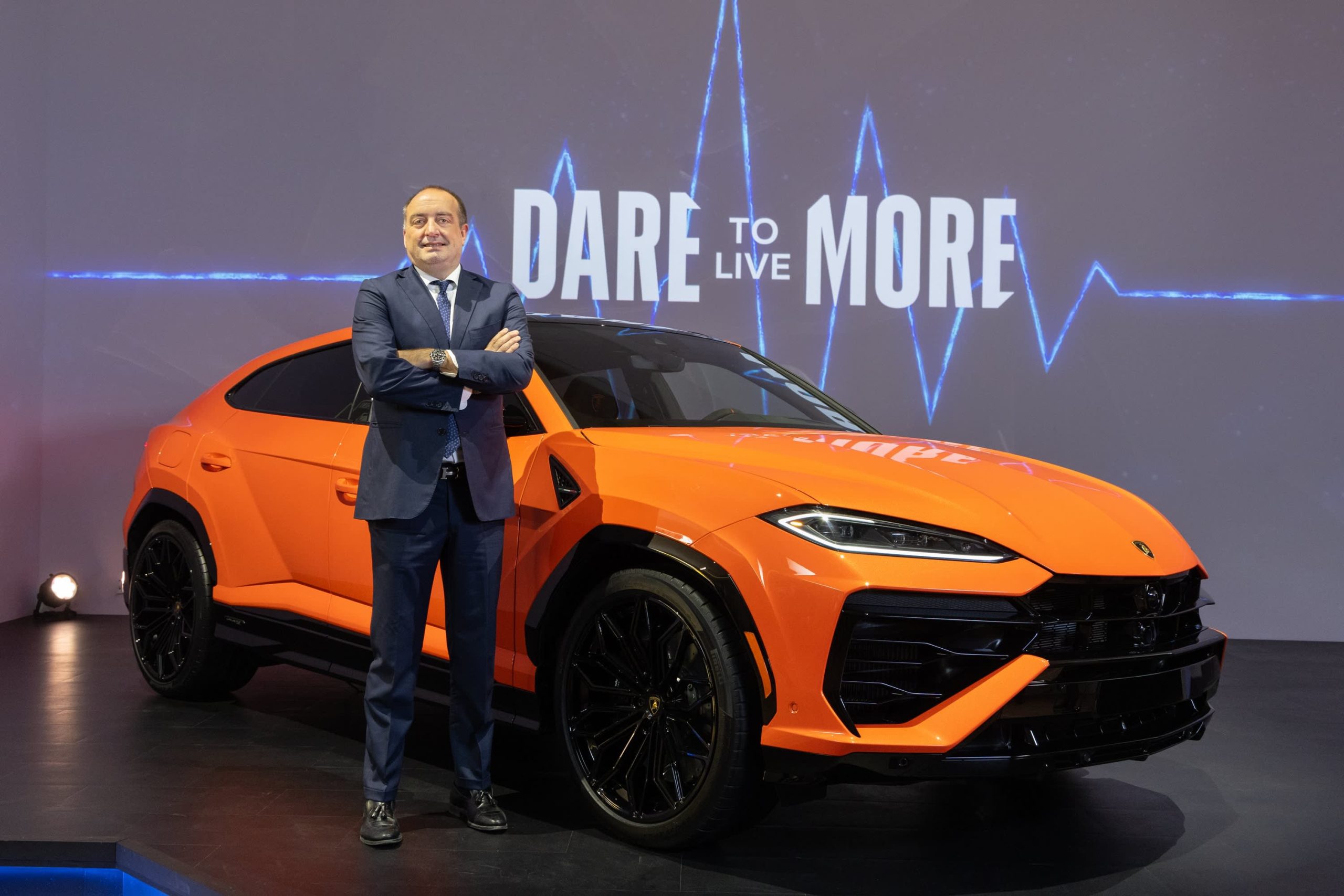Your Gen Z Co-Worker Is Hustling More Than You Think
Ambitious 20-somethings are trying to knock down the stereotype that they aren’t into hard work
Being young and ambitious right now often means proving that you can be both of those things at the same time.
That applies even to 25-year-old Charu Thomas, who earned an engineering degree in 3½ years after completing high school in three years. She founded supply-chain software firm Ox at age 18, raised $3.5 million in funding and, in 2020, made it onto Forbes’s 30 Under 30 list.
Yet in a breakfast with investors in the fall, she said they wanted to discuss “quiet quitting” and the motivation of younger entrepreneurs.
“They had this impression that Gen Z and younger founders were non responsive, were less legitimate, or lazier,” said Ms. Thomas on a recent morning from her Bentonville, Ark., office. She had just spent much of the night in the office to oversee a Fortune 500 client’s software deployment, she said, then attended a 9 a.m. staff meeting still in the T-shirt she’d worn the day before.
Such is life for many ambitious 20-somethings. Barely in the workforce, they are pushing long hours, building businesses, striving for promotions—even for their more-senior co-workers’ jobs. At the same time they are running into perceptions that their age cohort cares more about work-life boundaries and rejecting “hustle” culture than scaling the career ladder.
Like Ms. Thomas, many say they are intent on knocking down the stereotype. “I don’t want to be a representative of that kind of culture,” she says.
Gen Z, typically defined as being born between 1997 and 2012, isn’t the first generation to be typecast as it enters the workforce. Not long ago employers were hand-wringing over what they viewed as entitled millennials who, some bosses joked, wanted trophies just for showing up.
A growing body of survey research echoes the idea that workers in their early to mid-20s want control over how much they work. In a survey of nearly 5,000 adults by Prudential Financial last year, 43% of Gen Z workers said they went above and beyond in their jobs. More than half of millennials said they did, as did 62% of members of Gen X and 69% of baby boomers. A 2022 Gallup survey of about 15,000 U.S. workers shows younger millennials and Gen Z respondents reported declining levels of job engagement and higher rates of stress than other workers.
To show colleagues she works hard, 22-year-old Brianna Chang says she chooses to put in as many as 60 hours a week as a supply-chain planner at Microsoft Corp.
Ms. Chang said her work ethic was forged as a teenager, when she waited tables in her parents’ Chinese restaurant in Bellingham, Wash. She’s driven in part by the goal of making money to one day support her parents and says she’s disheartened when she sees peers on social media saying they don’t work hard.
But, she adds, that makes it easier for her to stand out.
“A lot of people my age, they are just stuck,” she says.
Managers and recruiters say that remote work made it tough for some young workers to find mentors and learn professional norms in the office. As a result, many of these young workers struggle with resourcefulness, professional networking and communications with clients and co-workers, says Julia Lamm, a partner in PricewaterhouseCoopers’ Workforce Transformation practice. Some also had to navigate layoffs at the start of the pandemic and are now on their second or third job since.
Jorge Tapia, a 26-year-old software engineer in Indianapolis, said he lets his work speak for itself as he wakes up at 6 a.m. to get to work an hour later. He’s given priority to building relationships with colleagues since starting his position last year at a logistics technology and software provider. On his first week of work, he sat down with a man he didn’t know in the office cafeteria.
The man turned out to be the company’s North America chief executive, who told him how he approached his own career.
It was a valuable lesson, Mr. Tapia said: “If I could talk to my CEO, I could talk to my co-workers, my managers, openly.”
Mr. Tapia said he is working hard in hopes of getting a promotion, which would raise his salary and allow him to better help out his mother and three siblings, ages 23, 15 and 8.
Financial security is important to Gen Z workers, according to interviews with and surveys of about 100 Gen Z workers between November and January conducted by the Conference Board. About half of Gen Zers and millennials said in a 2022 Deloitte survey that they live paycheck to paycheck, and about 30% of each group say they don’t feel financially secure.
Last year, Brandi Jones was working as a dance teacher and at the front desk of a dentist’s office, making about $25,000 and living with family, she said. She quit both roles in July to find a job that would cover her health insurance and pay enough for her to move into her own apartment.
To get that job, Ms. Jones, now 26, got certified in Salesforce’s customer-relationship management software, so that she could work at a nonprofit that uses the tool. She studied sometimes 10 hours a day to pass the exam, she said. After passing, she applied for more than 20 jobs over six months.
Aware of common stereotypes about young professionals, she says she asked questions in job interviews about company culture to get a sense of employers’ generational diversity and how they defined a successful employee. She says she eventually found a job at a nonprofit that pays about $100,000 a year.
No longer working weekends, she marvelled at having more free time at first. Then she started studying cybersecurity tools because she is considering a master’s degree. She wants to advance further, she says.
 Copyright 2020, Dow Jones & Company, Inc. All Rights Reserved Worldwide. LEARN MORE
Copyright 2020, Dow Jones & Company, Inc. All Rights Reserved Worldwide. LEARN MORE
This stylish family home combines a classic palette and finishes with a flexible floorplan
Just 55 minutes from Sydney, make this your creative getaway located in the majestic Hawkesbury region.
The marketplace has spoken and, at least for now, it’s showing preference for hybrids and plug-in hybrids (PHEVs) over battery electrics. That makes Toyota’s foot dragging on EVs (and full speed ahead on hybrids) look fairly wise, though the timeline along a bumpy road still gets us to full electrification by 2035.
Italian supercar producer Lamborghini, in business since 1963, is also proceeding, incrementally, toward battery power. In an interview, Federico Foschini , Lamborghini’s chief global marketing and sales officer, talked about the new Urus SE plug-in hybrid the company showed at its lounge in New York on Monday.

Lamborghini
The Urus SE SUV will sell for US$258,000 in the U.S. (the company’s biggest market) when it goes on sale internationally in the first quarter of 2025, Foschini says.
“We’re using the contribution from the electric motor and battery to not only lower emissions but also to boost performance,” he says. “Next year, all three of our models [the others are the Revuelto, a PHEV from launch, and the continuation of the Huracán] will be available as PHEVs.”
The Euro-spec Urus SE will have a stated 37 miles of electric-only range, thanks to a 192-horsepower electric motor and a 25.9-kilowatt-hour battery, but that distance will probably be less in stricter U.S. federal testing. In electric mode, the SE can reach 81 miles per hour. With the 4-litre 620-horsepower twin-turbo V8 engine engaged, the picture is quite different. With 789 horsepower and 701 pound-feet of torque on tap, the SE—as big as it is—can reach 62 mph in 3.4 seconds and attain 193 mph. It’s marginally faster than the Urus S, but also slightly under the cutting-edge Urus Performante model. Lamborghini says the SE reduces emissions by 80% compared to a standard Urus.
Lamborghini’s Urus plans are a little complicated. The company’s order books are full through 2025, but after that it plans to ditch the S and Performante models and produce only the SE. That’s only for a year, however, because the all-electric Urus should arrive by 2029.

Lamborghini
Thanks to the electric motor, the Urus SE offers all-wheel drive. The motor is situated inside the eight-speed automatic transmission, and it acts as a booster for the V8 but it can also drive the wheels on its own. The electric torque-vectoring system distributes power to the wheels that need it for improved cornering. The Urus SE has six driving modes, with variations that give a total of 11 performance options. There are carbon ceramic brakes front and rear.
To distinguish it, the Urus SE gets a new “floating” hood design and a new grille, headlights with matrix LED technology and a new lighting signature, and a redesigned bumper. There are more than 100 bodywork styling options, and 47 interior color combinations, with four embroidery types. The rear liftgate has also been restyled, with lights that connect the tail light clusters. The rear diffuser was redesigned to give 35% more downforce (compared to the Urus S) and keep the car on the road.
The Urus represents about 60% of U.S. Lamborghini sales, Foschini says, and in the early years 80% of buyers were new to the brand. Now it’s down to 70%because, as Foschini says, some happy Urus owners have upgraded to the Performante model. Lamborghini sold 3,000 cars last year in the U.S., where it has 44 dealers. Global sales were 10,112, the first time the marque went into five figures.
The average Urus buyer is 45 years old, though it’s 10 years younger in China and 10 years older in Japan. Only 10% are women, though that percentage is increasing.
“The customer base is widening, thanks to the broad appeal of the Urus—it’s a very usable car,” Foschini says. “The new buyers are successful in business, appreciate the technology, the performance, the unconventional design, and the fun-to-drive nature of the Urus.”
Maserati has two SUVs in its lineup, the Levante and the smaller Grecale. But Foschini says Lamborghini has no such plans. “A smaller SUV is not consistent with the positioning of our brand,” he says. “It’s not what we need in our portfolio now.”
It’s unclear exactly when Lamborghini will become an all-battery-electric brand. Foschini says that the Italian automaker is working with Volkswagen Group partner Porsche on e-fuel, synthetic and renewably made gasoline that could presumably extend the brand’s internal-combustion identity. But now, e-fuel is very expensive to make as it relies on wind power and captured carbon dioxide.
During Monterey Car Week in 2023, Lamborghini showed the Lanzador , a 2+2 electric concept car with high ground clearance that is headed for production. “This is the right electric vehicle for us,” Foschini says. “And the production version will look better than the concept.” The Lanzador, Lamborghini’s fourth model, should arrive in 2028.
Consumers are going to gravitate toward applications powered by the buzzy new technology, analyst Michael Wolf predicts
This stylish family home combines a classic palette and finishes with a flexible floorplan























